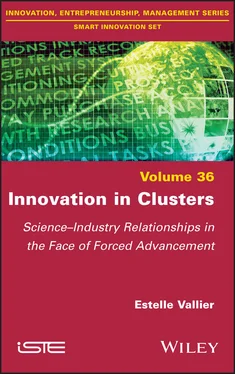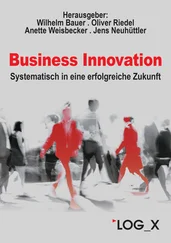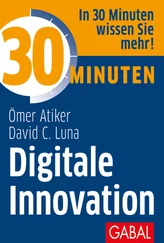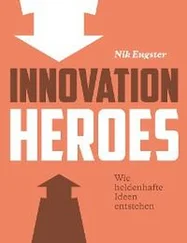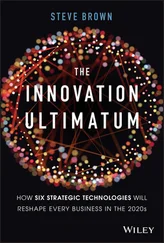This was the problem encountered by Genopole, a life sciences biocluster located in Evry, in the Essonne region of France, the main field of investigation for this book, which is the result of a thesis in sociology funded by Industrial Agreements for Training through Research ( Convention industrielle de formation par la recherche , CIFRE) and which reports on the results of an immersion survey conducted over three and a half years, between November 2013 and April 2017. Genopole is a cluster that has already been studied in the literature, particularly on the political, economic and social conditions of its creation and institutionalization, mainly in the work of Anne Branciard (1999a, 1999b, 2002, 2004, 2009), as well as of Ashveen Peerbaye, which sheds light on the instrumental arrangements put in place by the cluster (Peerbaye 2004). Genopole has also been the subject of a comparative analysis of the transformation of science into technoscience, based on the cases of Evry, Laval (Quebec) and San Diego (California) (Heil 2010). There is only one other study that deals with its interactional dimension in a comparative approach. The article in question focuses on the “social capital of entrepreneurs as an index of cluster emergence” in a “comparative analysis of the transformation of two bioparks into bioclusters: Kobe (Kansai, Japan) and Evry (Paris region, France)” (Lanciano-Morandat et al . 2009). In their conclusion, the authors state that, although they have their own national characteristics, neither the Kobe nor the Evry bioparks can be categorized as innovation clusters as defined in literature insofar as:
They are still only aggregates of diverse entities with episodic relationships between them; in short, partial clusters […]. Both parks are struggling to integrate the entire innovation process, which, as Porter suggests, is a condition for their constitution as clusters. In addition, both parks have the weight of the state in their constitutions in common, the role of certain institutions in their creation, and their location on sites that have neither a tradition nor particular resources in terms of innovation (Lanciano-Morandat et al . 2009, p. 200).
In addition to the fact that the authors rely on the definition proposed by Porter to identify, or not, the clustering process, the idea of transformation from biopark (geographical grouping) to biocluster (interactions) is also strongly present in management literature (Hamdouch 2007). These concerns are also at the heart of current biocluster issues. Indeed, considerable space is given to this subject in formal and informal discussions within the cluster, warning about the difficulties of mobilizing companies and laboratories for joint meetings.
I.2.2. From the cluster concept to its realization: between adoption and resistance
This book therefore rightly proposes to observe and report on the application of the cluster concept within a specific field. The aim is to revisit the construction of this public action mechanism, which seems to be unanimously accepted, at least in discourse on innovation policies, and to confront it with the dynamics of cooperation in one of these clusters. The purpose of the book is thus reminiscent of the study of the “editing work” of foreign examples (Sahlin and Wedlin 2008). This work consists, particularly in the field of science policy, of adapting a public action mechanism already implemented abroad to the context of another country, region, city, etc. The authors speak of operations of decontextualization and recontextualization of international policies in order to inscribe them into another national or local framework. The work of editing allows us to focus on the actors who construct and “edit” these foreign examples, and on the importance of the latter in the adoption of funding policies, in particular. Séverine Louvel and Mathieu Hubert have particularly shown the role of foreign examples in the implementation in France of nanoscience and nanotechnology steering (Louvel and Hubert 2016). In the same way, this book proposes to revisit the construction of the cluster concept on an international scale and to find out who the main authors and disseminators are. However, it also proposes to report on the reality experienced by those who work within these geographical clusters.
To do this, the second part of the book draws more on the literature on the sociology of work than the first part, which is mainly based on the sociology of science; effectively, how to impose a cooperation system on individuals who work for different employers (public laboratories, start-ups, SMEs, private laboratories, associations, etc.) and who, what is more, belong to two different social fields: scientific and economic. The field survey shows that these individual affiliations are often in contradiction with the cluster’s objective of promoting synergies. Recourse to the work of sociologists who have already highlighted this type of paradoxical injunction specific to modern management (Linhart 2010, 2015; de Gaulejac and Hanique 2015) or disembodied management (Dujarier 2015) has made it possible to study the effects of the networking system on the experience and practices of individuals in the context of the cluster.
I.2.3. An immersion survey: observing, interviewing and quantifying on a daily basis
This survey, which was carried out as part of a CIFRE sociology thesis, is based on a variety of empirical material and combines qualitative (semi-directive interviews, participant observation, documentary and archival database of the biocluster) and quantitative (questionnaires and network analysis) methods.
On the qualitative side, the survey is based on 45 semi-structured interviews with a large proportion of laboratory directors and company managers, as well as with scientific directors, operations managers, chief financial officer (CFOs), communication and/or marketing managers, platform managers, research engineers, doctoral students, management assistants, physicians, etc.
These interviews were supplemented by a long phase of participant observation as a doctoral student at Genopole. This immersion was both conducive to the observation of official speeches (during colloquia organized by Genopolemeetings, visits by elected officials, etc.) and to participation in informal discussions. The confrontation of these two types of material gave rhythm to the research as a dialectic between political discourse and the reality of practice. In addition to observation, being on site provided access to certain documents archived by Genopole (activity reports since 1998, meeting minutes, press releases, digitized official documents, etc.) and to its internal database (management charts, files of accredited members, working documents, etc.).
In parallel, more quantitative material was collected over various stages of the survey. The first was a questionnaire, completed by the Genopole teams, on the expectations of employees in terms of coordination between the site’s structures, completed by 534 people. Although the sociological scope of the survey has its limits (due to its operational purpose), the number of respondents allows for a significant increase in generality.
Nevertheless, the quantitative material relies primarily on the network analysis method, which enables social interactions to be formalized using nodes and links on a graph. Nodes typically represent individuals or institutions, with links representing a particular type of interaction between two nodes. This method was adopted following the completion of a significant amount of qualitative work. As additional information became less and less significant with each new interview (saturation effect), it became essential, not to find missing data, but to observe the state of interactions at the cluster level. A relational database was therefore created on the basis of the ethnographic work carried out beforehand, and completed using the results of two questionnaires. The first, intended to observe the network at the inter-organizational level, was sent to all Genopole company and laboratory directors, the second to almost all the cluster’s employees via the Genopole intranet site. The first survey provided relational data for 42 of the site’s organizations 16. The second survey collected responses from 102 people. However, the anonymity of the questionnaire did not enable the network to be mapped, but we were able to construct additional statistics based on the characteristics of the individuals interviewed and their relationship with the cluster 17.
Читать дальше
